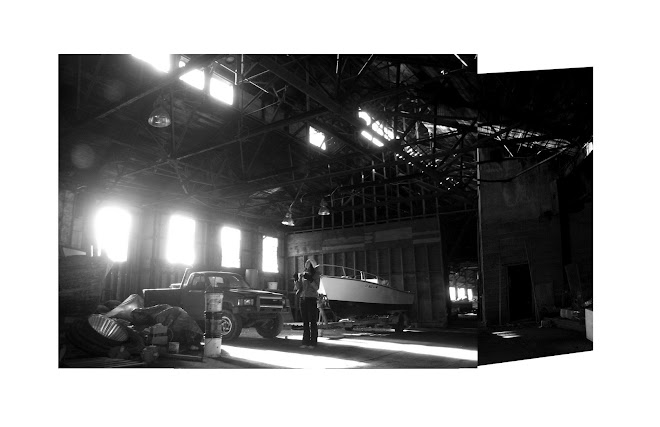I am heading off to the Axe Factory for a three-day on site study this weekend. Below is my rough agenda & research scope. I also intend to catch up on some writing. The list attached is topical, sometimes sketchy.
I welcome suggestions of edits & recommendations/examples of how I may map/model. [note: the list is rough & vague in places, suggesting at times invisible notions I should sleuth around for, whether in the site or in the museum collection.]
TO DO LIST: FIND RIGHT PROBE
Site Agenda: find right probe --> FABRIC
Scope: totally determined now by site information and analysis
-gather & analyze at different scales (i.e. "pick issues at different scales")
-mapping layers and patterns of circumstance and situation
a.
factory, town, town:factory
water: flow, seasonal, volume
waterfall, force engineering
"man made" vs "nature made"
history, scars - history of site (de/construction)
b.
layers of site development (100,000 BC , 4000 B.C. , 1000 A.D. , 1700 A.D., 1826 A.D., 1900 A.D., etc etc)
c.
processes - networks/circulation
-industrial processes (historically and now): assembly, service, input/output
- procession of service, administration, utility, water, public
d.
living ecologies (where there is conflict or collaboration)
-settlement:man - where man infringes on nature
-settlement:natural - where nature intrudes on man
e.
views & the visible
boundaries by surfaces - continuity of surface? relationship between horizontal and vertical? material to material?
f.
mythical histories
"How can Community be produced in the field of tension between images of the past and visions of the future?"
-quote: http://www.eui.eu/HEC/ResearchTeaching/Sem1997to2002/Docs981/wsbo698.html
"...How history has been interpreted, mediated and put into relation to the future in different settings, i.e., the target is the role of history when communities are constructed in demarcation of 'we-they' and 'now-then'."
g.
documentation of "relevance" & "obsolescence"
"How can form be the embodiment of purpose?" - Erdy McHenry Architecture
"True urbanism is in fact societal and not physical, relating more to the interaction of people than to specific place or urban form." - Erdy McHenry Architecture
university of maryland school of architecture master of architecture program
4.04.2008
Subscribe to:
Post Comments (Atom)

1 comment:
re: ambrose convo-
E.G.
for existing usage/activity patterns -
points lines and planes;
develop rules - e.g. person sitting = point, three people talking = line/geom, two people talking = no line only two dots, movement = dashed lines, group walking = fatty dashed
conjugate/edit/crit into taxonomy/series of point/line activities a la shop (urban beach)
Post a Comment